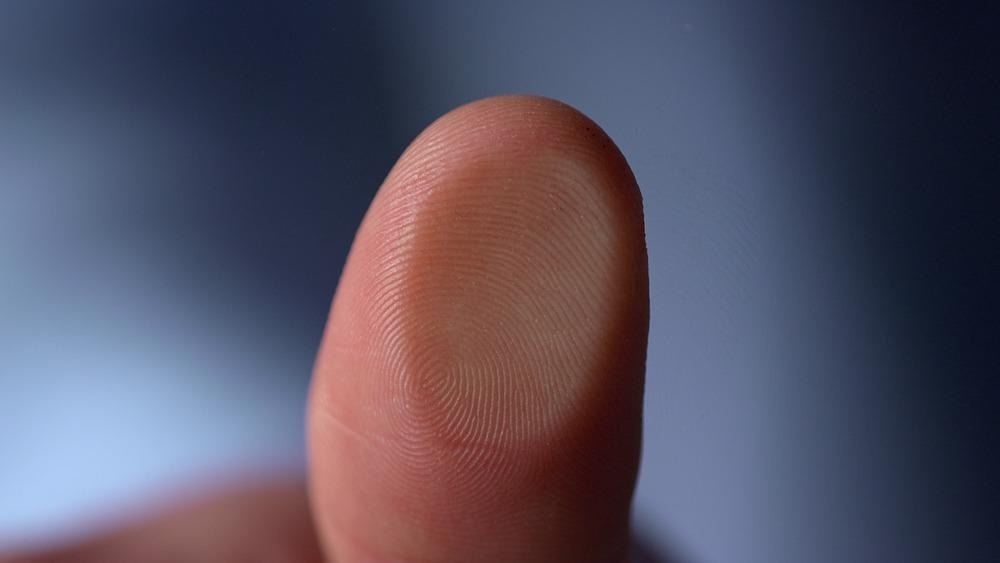A new study published in the journal Applied Surface Science has demonstrated the effective fabrication of anti-fingerprint room temperature coatings on polycarbonate substrates. Scientists from Nanyang Technological University in Singapore have contributed to the research.

Study: Mechanically Robust Anti-Fingerprint Coating on Polycarbonate Substrate. Image Credit: Stockbusters/Shutterstock.com
Background to the Research
Optical materials such as screens, lenses, and shields require surface cleanliness and high optical transmittance to function properly. These crucial properties and, in many cases, the aesthetic appeal of products can be negatively affected by surface contamination such as fingerprints, dust particles, and skin oil residues during service or handling.
Designing coatings which can withstand surface contamination is therefore a crucial but highly challenging endeavor. The development of superamphiphobic materials has provided enormous benefits to the design of surfaces which can withstand these issues.
These materials have superior anti-wetting properties which help them to combat oil and water that may be present on the surface of optical devices and limit their functionality.
These materials enhance anti-fingerprint and self-cleaning applications for surfaces. Numerous strategies have been developed in recent decades to manufacture superhydrophobic structures, with many natural analogs existing such as lotus leaves and wings.
Due to oil possessing a lower surface tension than water, the development of superamphiphobic materials is a challenging undertaking. It has thus far been difficult to realize surfaces with oil-repellent abilities.
Some key criteria have been developed by researchers in recent years, including surface roughness and low surface energy. However, it is challenging to construct materials and coatings which satisfy both oil-repellent and transparency requirements as these can conflict. The difficulty with retaining high light transmittance in superamphiphobic coatings hinders their commercial development.
Fabrication methods have been developed in recent years using chemical etching to increase the substrate’s surface roughness and depositing a low-surface energy organic coating. Other methods explored include spray coating and dip-coating to provide a simplified single-step fabrication process.
Polymeric lenses and optical devices have received attention in recent years due to their impact resistance, lightweight nature, and shaping potential. There is a need to imbue these devices with anti-fingerprinting and self-cleaning capabilities. However, due to the inert chemical properties and low melting point of polymers, studies on coating these substrates with transparent amphiphobic materials are limited, and some current fabrication methods are unsuitable for this purpose.
The Research: Achieving Simple and Effective Fabrication of a Superamphiphobic Coating
The study published in Applied Surface Science has demonstrated a simple and effective fabrication method for coating polycarbonate substrates with amphiphobic coatings to improve its oleophobicity and syperhydrophobicity whilst retaining high transparency and optical properties. A room-temperature method, it is possible to modify polymeric materials using the process.
The coating is composed of a film of nanoporous silica particles. This film is strongly bonded to the polycarbonate substrate using pulsed laser deposition, a physical vapor deposition technique which uses a high-powered pulsed laser beam which is focused within a vacuum chamber.
Using this simple and efficient fabrication process, the authors manufactured a coating with superior anti-fingerprinting and anti-reflective properties. Utilizing a fluorocarbon compound gave the surface excellent self-cleaning capabilities.
The coating displays good mechanical properties, being extremely stable and exhibiting strong adhesion to the polycarbonate substrate. This was due to the pre-deposition plasma treatment process.
US Military standards were used to evaluate the prepared coating’s abrasion resistance and adhesion. Tape was applied to the coating, which displayed very weak or no adhesion to the sample surface due to the coating’s superhydrophobic nature. Additionally, crosshatch testing to evaluate coating quality and substrate adhesion. No chipping or delamination was observed, demonstrating superior coating adhesion and quality.
A cheese cloth pad was rubbed on the sample surface to further evaluate the durability of the coating. This caused a change in surface morphology, with surface roughness and surface wettability affected. There was a slight drop in average transmittance afterward, but this was still higher than pristine polycarbonate. This also caused a drop in contact angles, but the anti-fingerprinting properties of the coating were largely retained.
In Summary
The study has demonstrated the suitability of pulsed laser deposition to deposit superamphiphobic coatings on polycarbonate substrates that enhance the material’s resistance to surface contamination and impart self-cleaning properties into optical devices.
This research field is a relatively new one, and this study provides a guideline for future researchers on how the surface structure enhances anti-fingerprint performance for polycarbonate optical lenses and devices. Moreover, it demonstrates that the prepared coatings retain a high level of optical transmittance and transparency, which is essential for commercial applications.
More from AZoM: What are Profile Roughness Parameters?
Further Reading
Sun, Y, Rawat, R.S & Chen, Z (2022) Mechanically Robust Anti-Fingerprint Coating on Polycarbonate Substrate Applied Surface Science 153706 [online, journal pre-proof] sciencedirect.com. Available at: https://www.sciencedirect.com/science/article/pii/S0169433222012557?via%3Dihub
Disclaimer: The views expressed here are those of the author expressed in their private capacity and do not necessarily represent the views of AZoM.com Limited T/A AZoNetwork the owner and operator of this website. This disclaimer forms part of the Terms and conditions of use of this website.